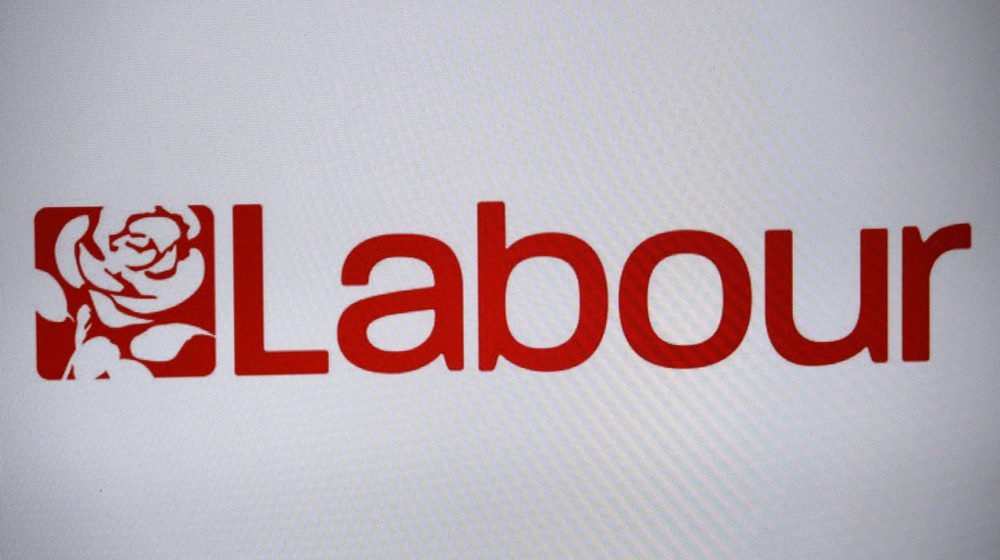A long time ago I was a Labour councillor who inadvertently brought down the 1974-9 Labour government. The government could only have lasted a few weeks longer in any case, so I have no regrets. The story deserves retelling, because it has important lessons for today.
The Labour government elected in 1974 was the first to realise that it faced an existential threat in Scotland. The Scottish National Party (SNP) won 30 per cent of the vote, but only 15 per cent of the seats, in Scotland in October 1974. The Labour Party’s leaders had forgotten Keir Hardie and Ramsay MacDonald, who both started in politics as campaigners for Scottish home rule. After 1945, Labour became the party of the welfare state, understood to mean equal rights and standards everywhere in Britain, and accordingly hostile to devolution to Scotland or anywhere else. The 1974 election results changed this abruptly. Labour suddenly (re)discovered its enthusiasm for Scottish home rule.
But its plans were radically flawed. They offered an elected assembly for Scotland, and, as usual, for Wales as an afterthought. The assemblies were to be elected under first-past-the-post, which might have helped to ensure Labour’s hegemony. More important, they proposed no change at Westminster, nor in the arrangements for taxing and spending in Scotland and Wales. So, Scotland and Wales would retain their full-strength complement of MPs, slightly more than their population shares, and two assemblies with no obvious jobs except to protect their tax-and-spend arrangements, which were highly favourable to Scotland although not to Wales. Scotland received more public spending per head than its relative need warranted, for reasons that go back to 1888. Then it was (almost all) about Ireland. The Unionist government of Lord Salisbury wanted to ‘kill [Irish] Home rule with kindness’ and it guaranteed Ireland and Scotland a share of some tax revenue. This ‘Goschen proportion’ was 80:11:9 to England (with Wales: E&W), Scotland, and Ireland respectively. The Goschen proportion survived Irish independence in 1921. Every Secretary for Scotland could demand 11/80th of E&W spending of every social programme, as a floor not a ceiling. When an argument of remoteness or deprivation could be added, then Scotland would claim more than its Goschen proportion, even as its relative population declined to below 11 80ths of that of E&W.
Reliable public spending numbers were published in 1973 and 1977. They showed that public spending in Scotland was higher than in the poorer English regions, including the North of England, although income per head was lower in those regions. The newly formed Tyne & Wear county council took an interest. I was an elected member, and served as vice-chair, then chair, of its economic development committee. Together with the leader and chief executive of the council, I helped to organise a conference to draw attention to this disparity. We were denounced as the ‘No-men of England’ in a Scotsman splash by Neal Ascherson, the well-known Scots public intellectual. Tyne & Wear linked with the other newly-created metropolitan councils in the English conurbations and found an ally in Merseyside County Council, where the relativities were the same – poorer than Scotland but getting less per head in public expenditure. The two councils lobbied their Labour MPs to vote down the government’s flagship Scotland and Wales Bill. This they did, in February 1977. The bill limped on as separate bills for Scotland and Wales. Later backbench revolts, not due to Tyne & Wear or Merseyside, added the requirements, first for a referendum on the Assemblies, then for a threshold for a ‘Yes’ vote to become effective. In the ensuing referenda, the proposal for a Welsh Assembly was defeated. That for a Scottish Assembly was carried, but failed to reach the threshold.
The Conservatives and SNP called a vote of no-confidence in the Callaghan government, which lost by one vote, forcing (a few weeks early) the 1979 General Election that brought Margaret Thatcher to power, and killed Scottish devolution for 18 years.
When we called the conference, we did not anticipate that train of events. But I do not apologise for it. A party that cares about post-tax incomes, as the Labour Party does, should ensure that similarly-situated citizens anywhere in the country get similar life chances. That was the original premise of the Welfare State, going back to 1909. As between Scotland and the north of England, it was not honoured in 1977. Unbeknownst to us, the Treasury was then introducing the ‘Barnett formula’ that was designed to reduce this disparity. It has, but only by a little.
The Scotland Act 1998 created the present Scottish Parliament. It has many admirable features, but it did not touch the issues that led to the Geordie revolt. The Scotland Acts 2012 and 2016, however, could provide the solution, and Scottish independence certainly would. The two Acts take steps to match, for the first time, the pleasure of spending with the pain of taxing, and put them both in the hands of the Scottish Parliament. Independence would of course mean full fiscal autonomy. Short of independence, any fiscal settlement must be fair to all four territories of the UK. At that level, Scotland and Northern Ireland do well; England and Wales do badly. Within England, the formulae for distribution are opaque and their relationship to need and tax capacity is obscure.
England is the hole in the UK devolution settlement. As it contains 85 per cent of the UK’s population, the hole is bigger than the fabric. Whether or not Scotland becomes independent, the UK government will need to bring in a more robust regime for the governance of the regions of England, and to ensure that the tax-and-spend regime is both transparent and fair. The lessons of the Geordie revolt are with us yet.
You can read the full article here.
This article was originally published at the Political Quarterly Blog.




